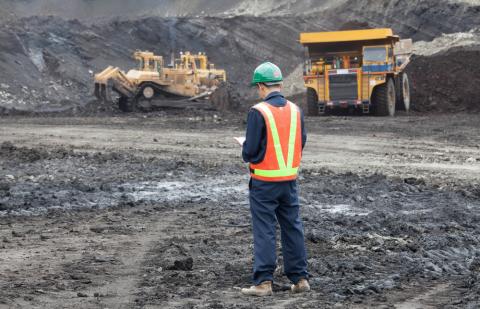Shame on the World Bank for Supporting an Absurdly Expensive Coal-Fired Electricity Project in Kosovo
The lignite-fired New Kosovo Power Plant project has been under development for more than a decade, yet there is still an astonishing lack of official information about it. What little detail has emerged now and again has changed from year to year, even while the bid-invitation procedure has been going on. The mines and rehabilitation of Kosovo’s existing plant were included in the bid invitation at first. Then they weren’t. A decade ago, the government said New Kosovo Power Plant would be a 2,000-megawatt project, then it was tendered at 600 megawatts, then this past November, the Kosovar Minister of Economy suddenly said it would be a 500-megawatt facility.
During this seemingly endless saga, neither Kosovar politicians nor the World Bank, which is leading on the project development, have answered the all-important question of how much this plant would cost the public.
Now, however, the Institute for Energy Economics and Financial Analysis (IEEFA) has published a study commissioned by the Kosovo Civil Society Consortium for Sustainable Development (KOSID), concluding that the project would likely increase electricity retail prices by 33 to 50 percent and result in the average Kosovar household paying 12.9 percent of its annual income for electricity. This is twice what most European households pay. Low- to middle-income households in Kosovo would spend 18 percent of their annual income for electricity, while very low-income households would have to pay 39.7 percent of their income for electricity.
Such shocking figures give the lie to assertions by World Bank President Jim Yong Kim in 2013 that Kosovars will be “freezing to death” if the World Bank doesn’t finance this coal-fired plant.
No one will freeze to death if the bank doesn’t provide a loan guarantee for the plant. In fact, IEEFA’s report shows that if the World Bank and other multilaterals like the European Bank for Reconstruction and Development do support the project, the results will be catastrophic. Low-income households may well end up choosing between electricity and food.
The report also sees construction of the New Kosovo Power Plant far exceeding the government’s projected cost of €1 billion. It puts those costs much higher—at closer to €4.2 billion by the time the plant goes online as planned in 2021. IEEFA finds the project financially unviable without huge subsidies.
The high cost aside, the plant assures additional effects: 7,000 people would have to move to make way for mine expansion. The project would crowd out investments in energy efficiency and sustainable renewable energy. It would put public health at risk and would contribute to climate change. It would benefit private investors at the expense of average Kosovars. It would advance bad public policy and undermine the economy.
How can the World Bank, whose very mission is to end poverty, justify continuing with this project?
Visar Azemi is coordinator for the Kosovo Civil Society Consortium for Sustainable Development.










